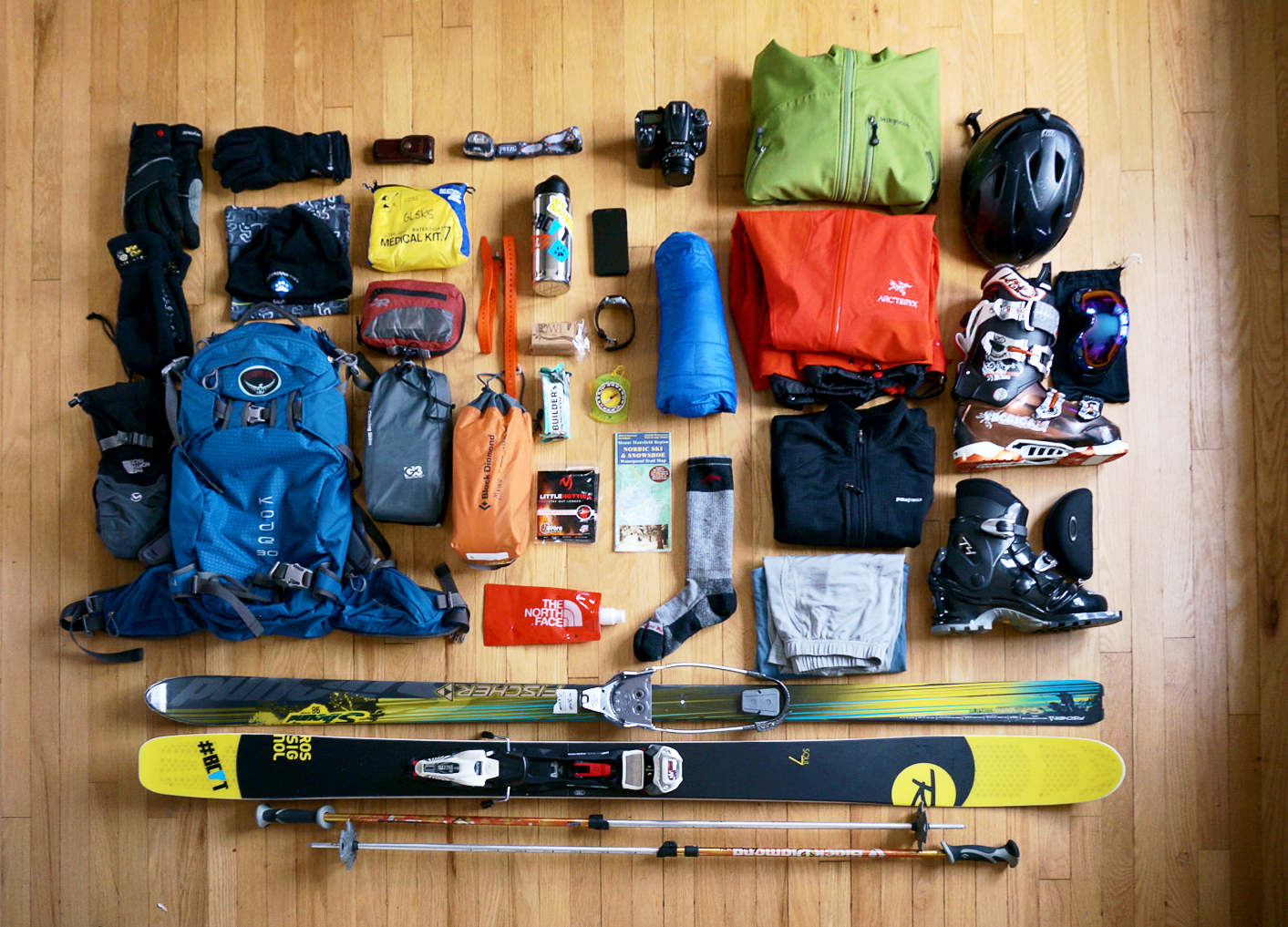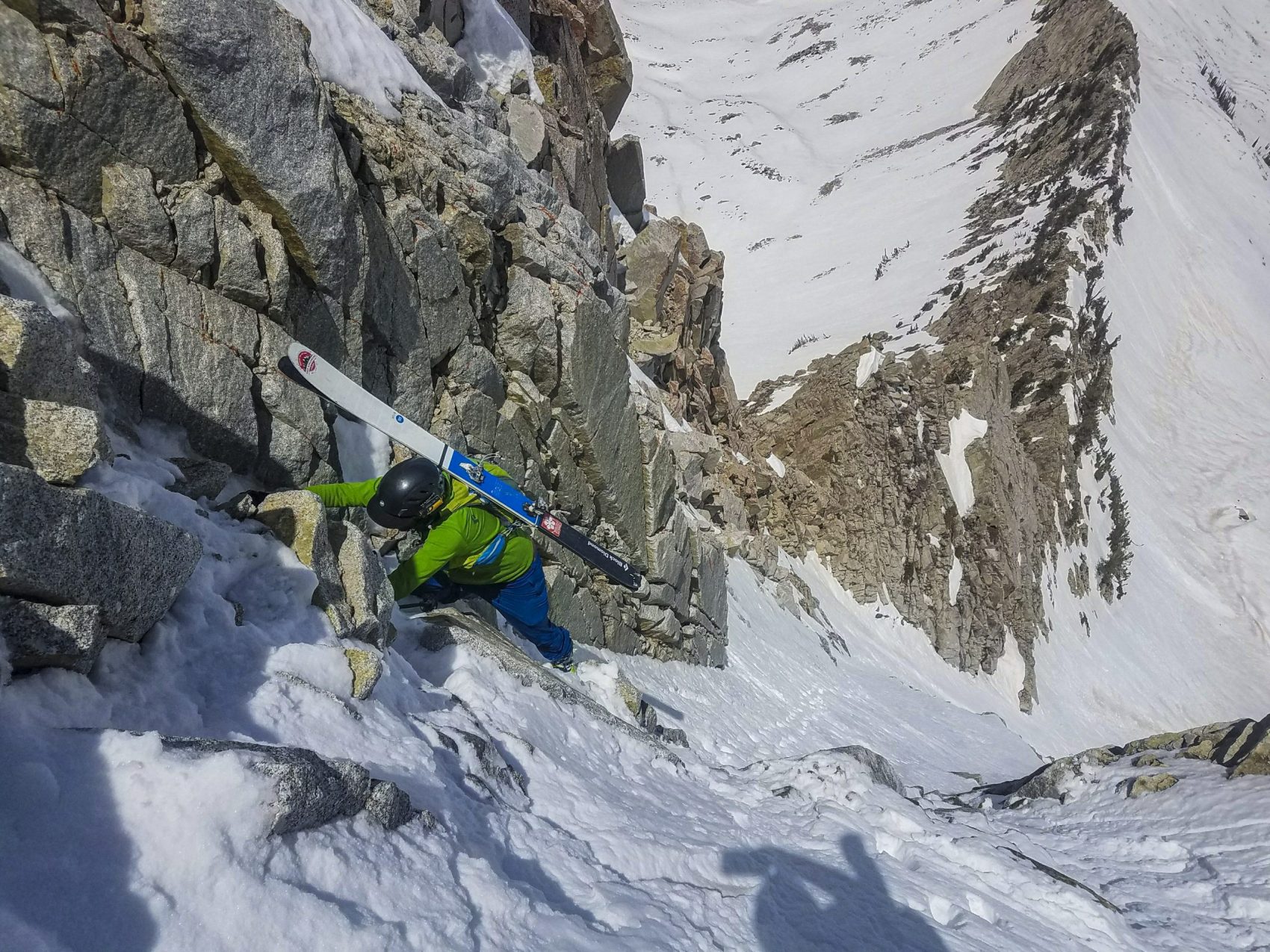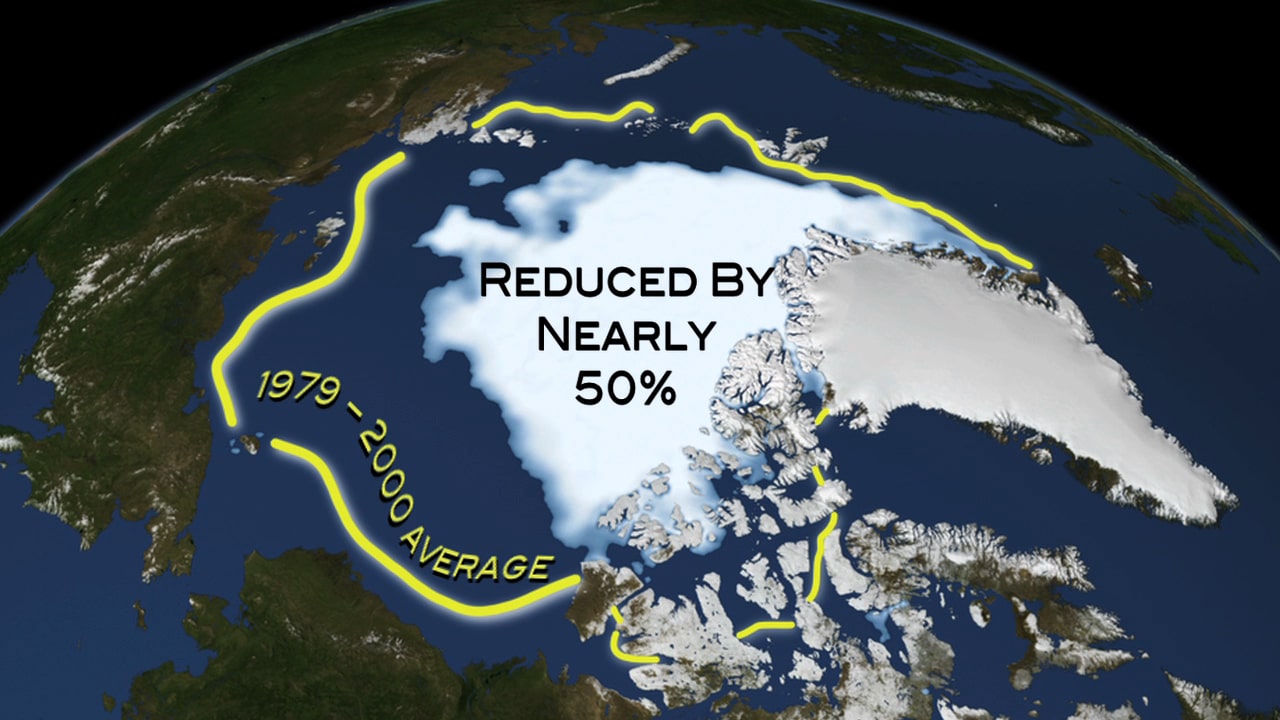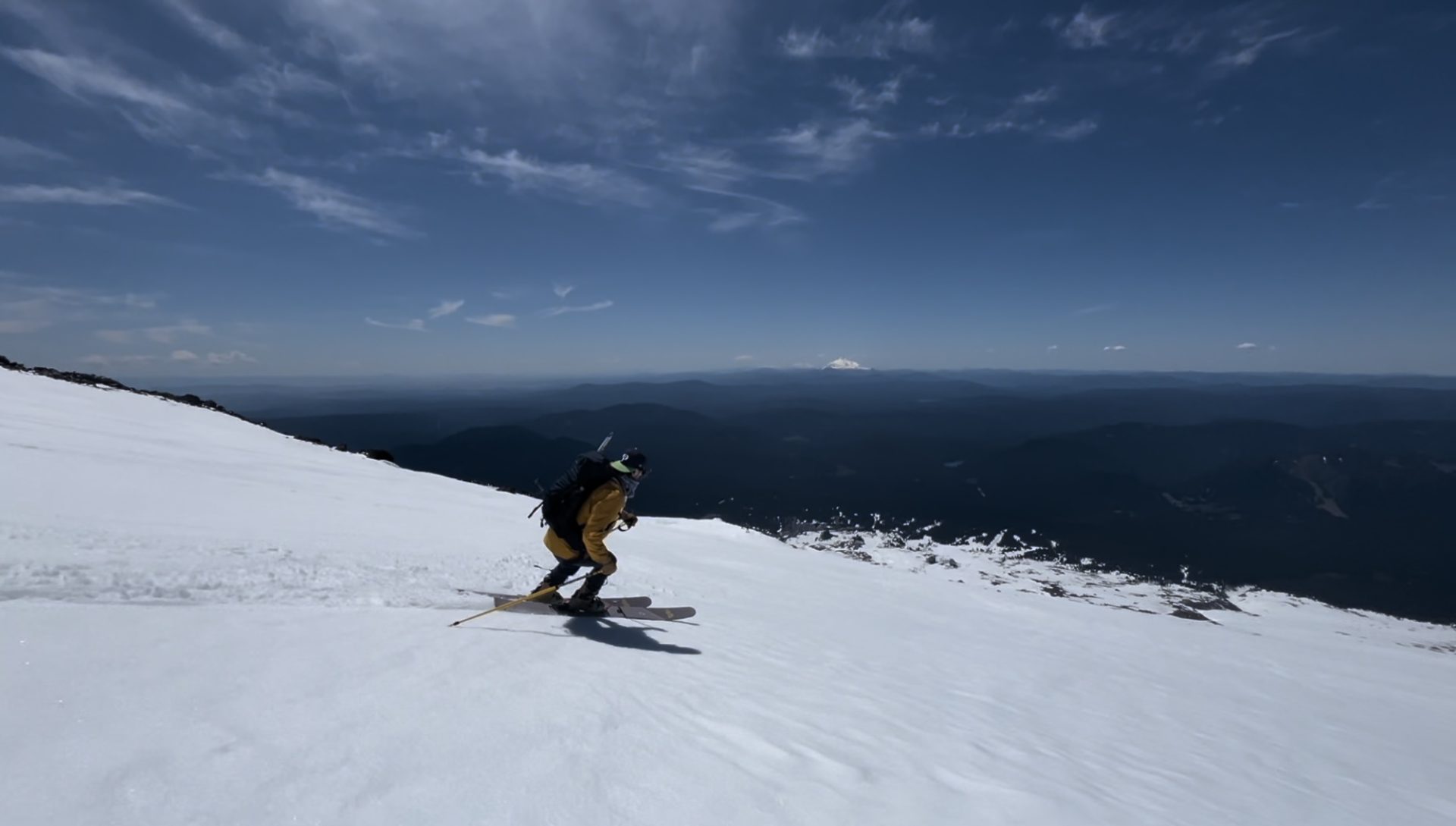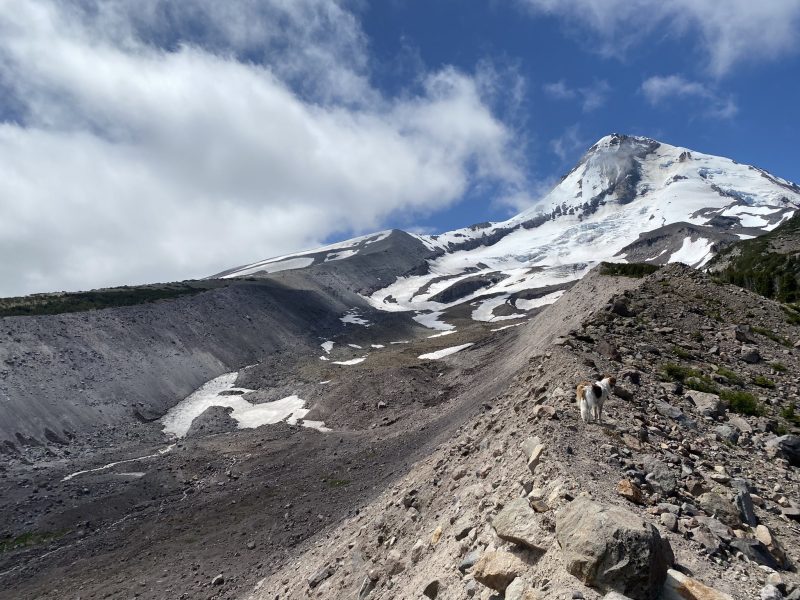
Before we jump into the main topic of discussion, let’s first understand what specific characteristics you can expect to see with an active glacier. A vibrant and robust glacier will embody various components pertaining to the movement and flow of ice. Some of these iconic features and behaviors you can expect are icebergs, crevasses, ice falls, and ice caves.
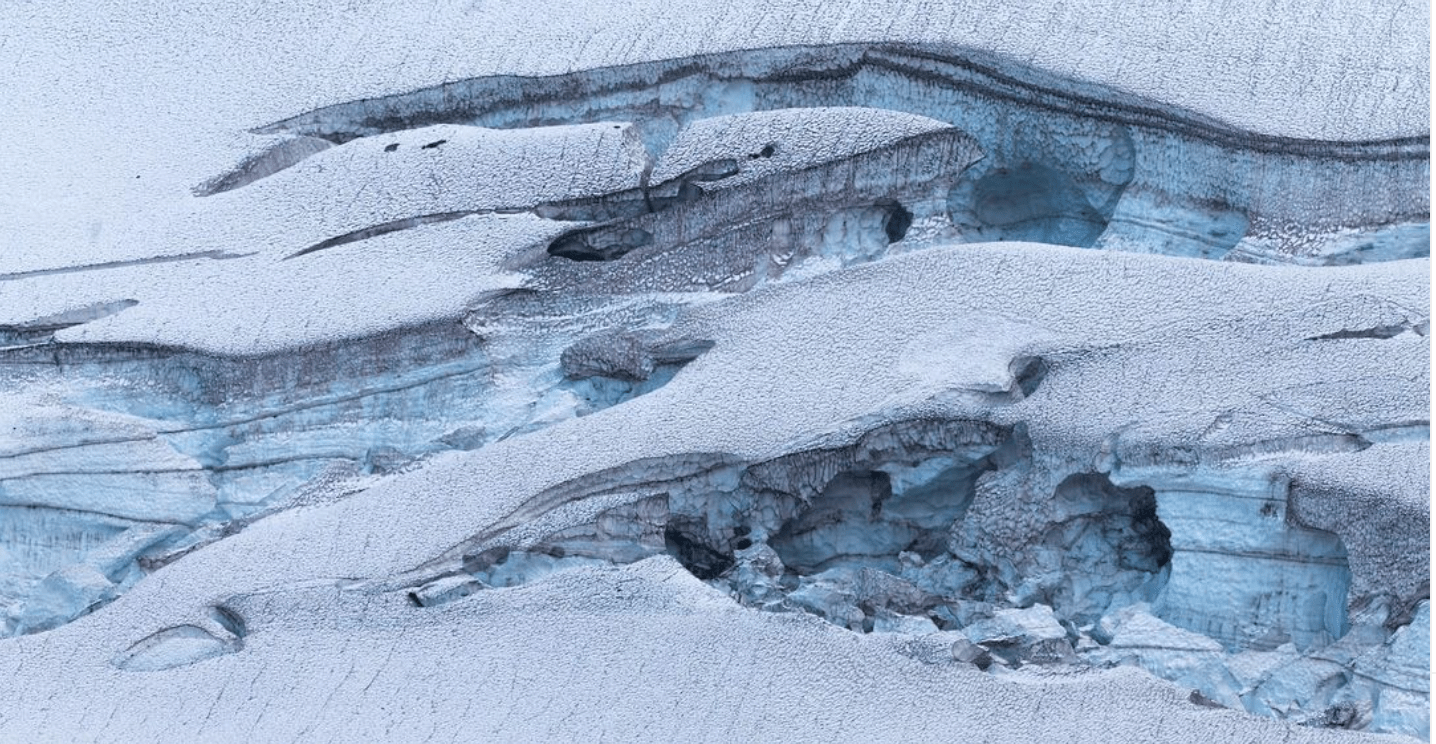
Any local Oregonian will probably know which Cascade peak hosts the southernmost active glacier; however, most people will be unfamiliar with Broken Top, a relatively overlooked peak. It sits at an elevation of 9,180 ft. The name of the southernmost active glacier is called Crook glacier. This volcano also hosts another body of ice called Bend glacier.
Broken Top is an extinct and deeply eroded stratovolcano in the Central Cascades of Oregon. It sits atop the remains of older volcanic material giving it quite prominence from the surrounding landscape in the Three Sisters volcanic region. Broken Top’s topographic relief of craggy and steep formations and its position along the Cascade crest allows for active glaciers to reside.
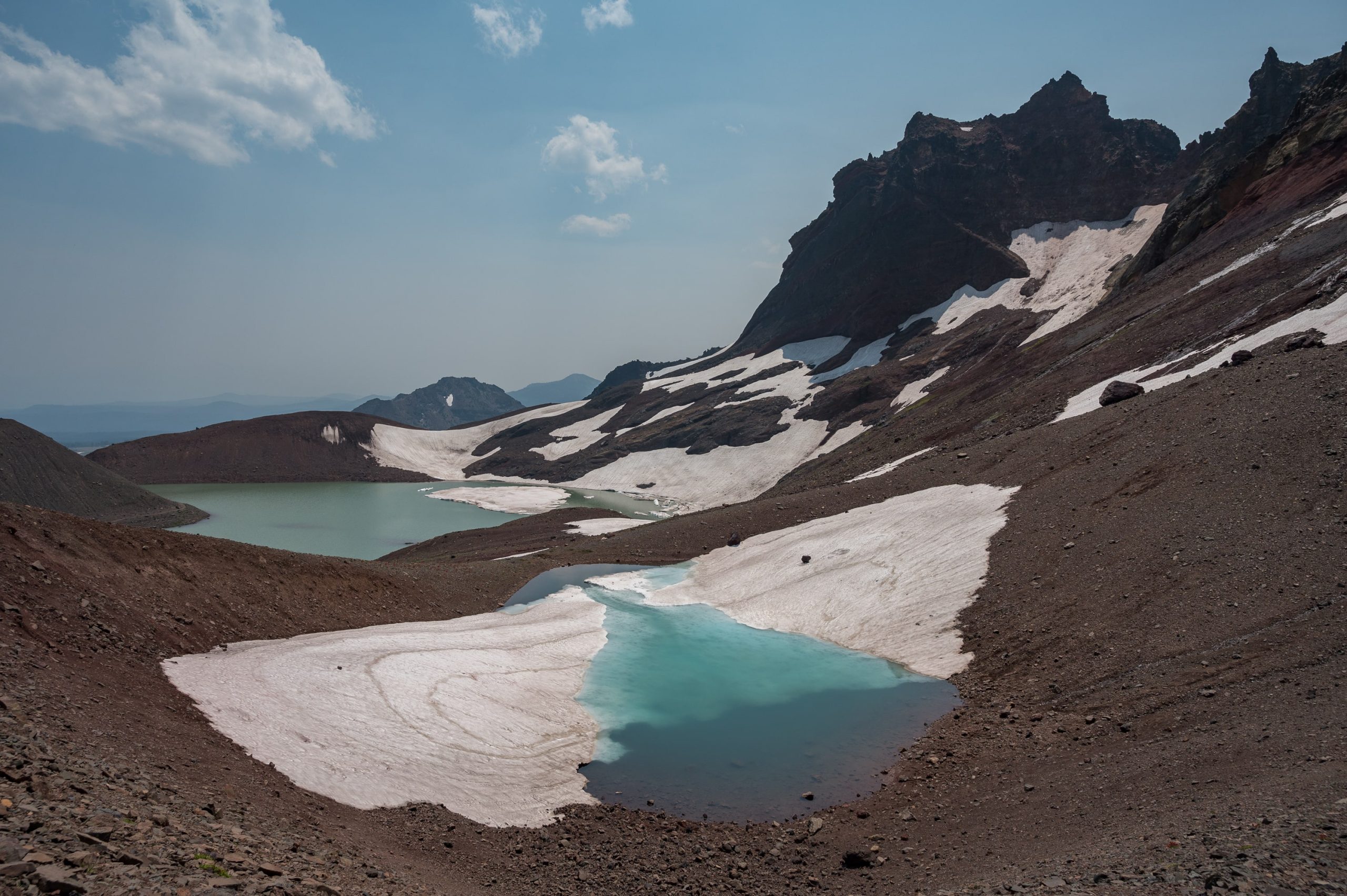
(Photo of Matt Oliphant Photography)
Not too long ago, this southernmost active glacier used to belong to the “Lightning Rod” of the Cascades, which is called Mount Thielsen. It is a deeply eroded basaltic shield with a pyroclastic cone and sits at an elevation of 9,184 ft.
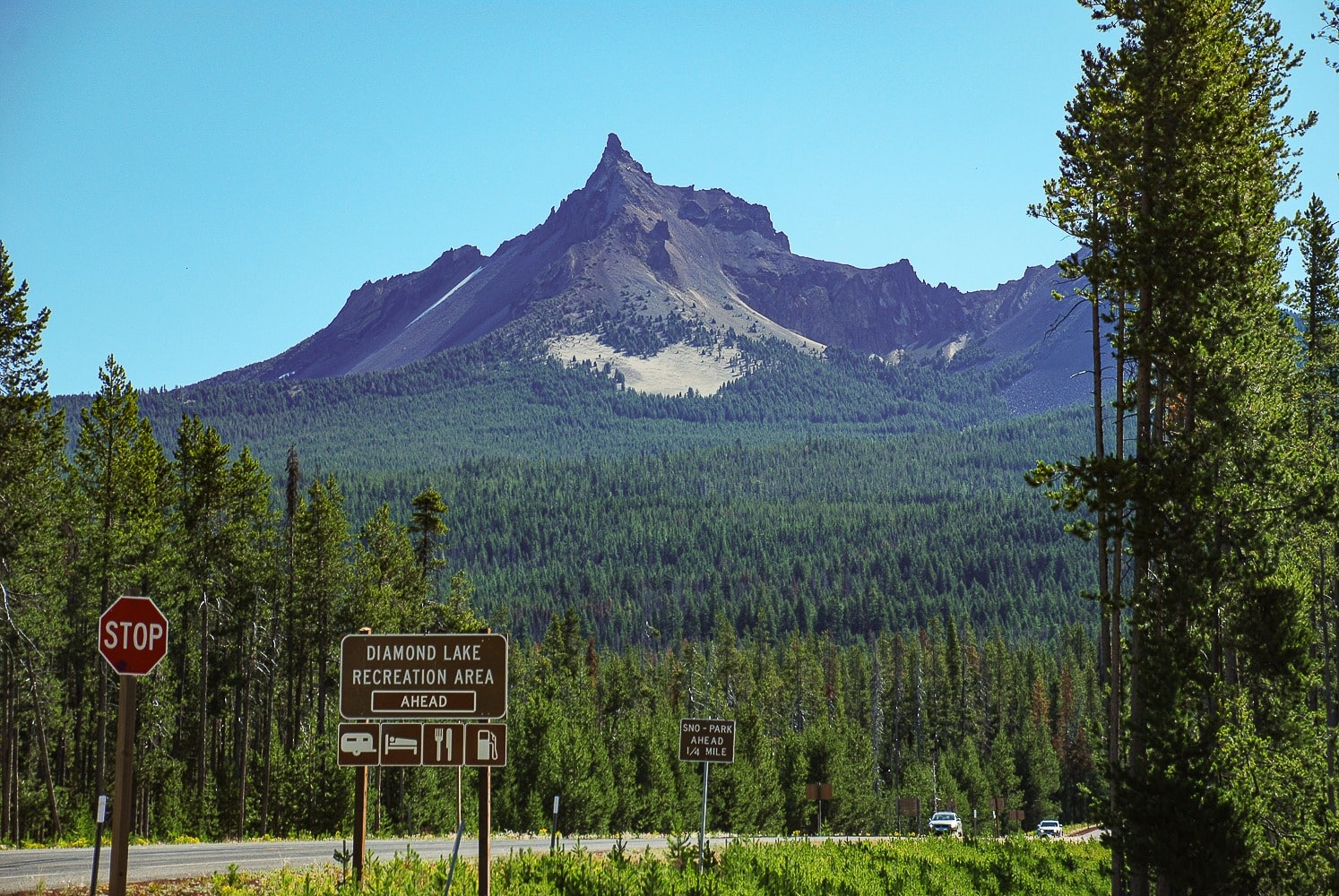
With the ongoing impacts of climate change, only time will tell if these remaining glaciers on Broken Top can survive. I hope that these classic bodies of ice will return to thriving and growing glaciers in the Oregon Cascades.
If you would like to learn more about the status of Oregon glaciers, then go to this link here to gain more information about these natural entities and to support the Oregon Glaciers Institute’s efforts.

